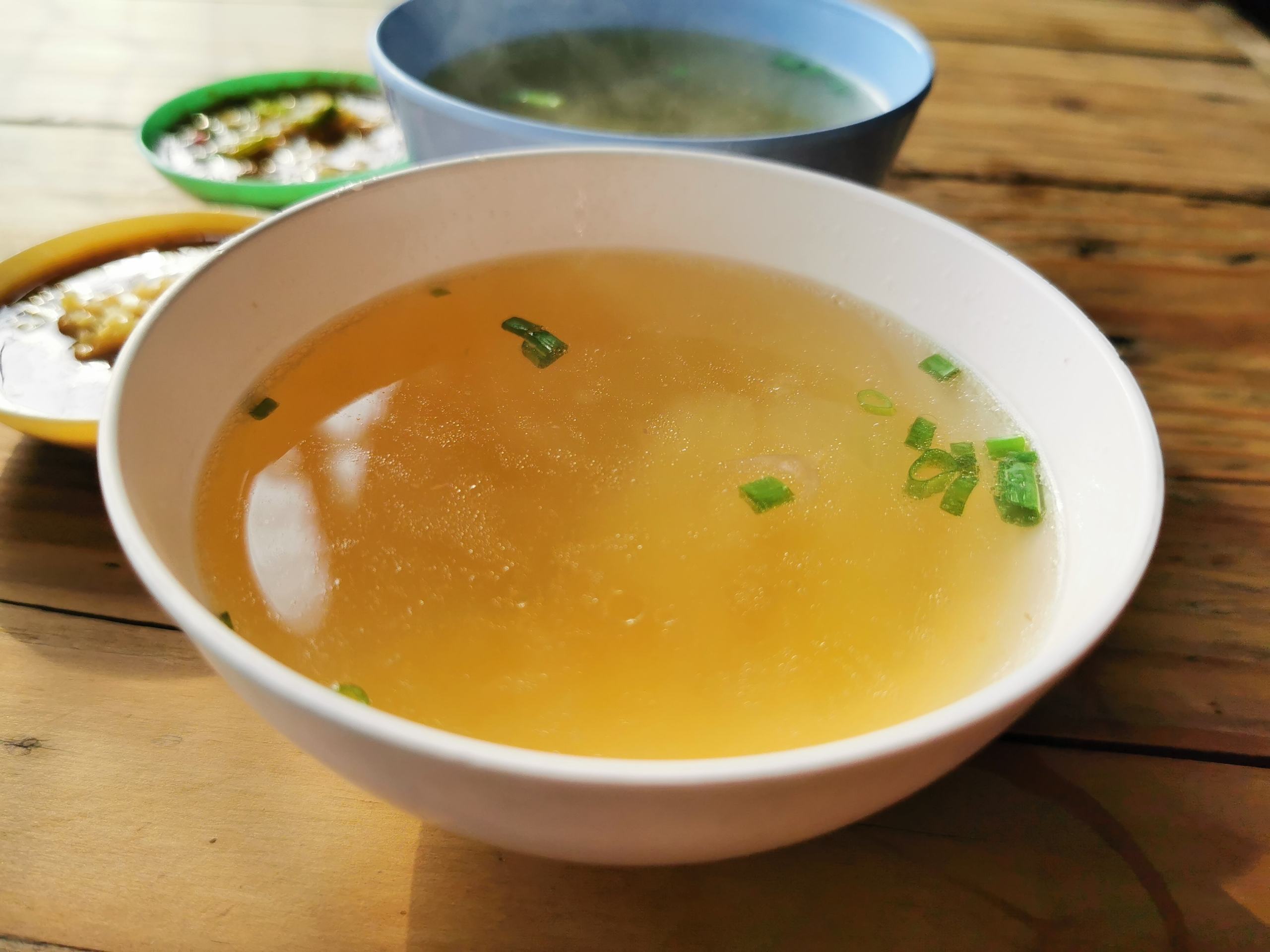Bone Broth Preparation and Usage
Bone broth is a rich source of nutrients. It contains protein, cartilage, and minerals and calcium. It’s easy for our body to digest, tastes delicious and fills a home with an aroma of goodness while cooking. Bone broth is inherently calming, consoling, and restorative to our energy and spirit.
How to Make
- Bones – poultry, fish, shellfish, beef or lamb
- If chicken is preferred, use 10 of each of neck, feet and wings
- Raw bones, with or without skin and meat (can be browned first for flavor)
- Use a whole carcass or just parts (good choices include feet, ribs, necks and knuckles)
2. Water – Use cold
- 1 ½ gal of water for 4-pound beef bones. Same amount of water for 30 pieces of chicken
- vinegar – I love Bragg’s, or sometimes I don’t even use vinegar.
- a splash (1-2 tablespoons), or substitute lemon juice for vinegar
- vegetables are optional – skins, ends and tops or entire veggie
- traditional choices include celery, carrots, onions, garlic and parsley, but any will do
Combine bones, water and vinegar in a pot, bring to a boil, remove any scum that has risen to the top and reduce heat. Simmer 6 hrs for chicken, 12 hrs. for beef, the longer the better (24 hrs is best).
To reduce cooking time, you may smash or cut bones into small pieces first. If desired, add vegetables in last 30 minutes of cooking. Strain through a colander and discard the bones.
If uncooked meat was used to start with, you may reserve the meat for soup or salads. If you wish to remove the fat for use in gravy, use a gravy separator while the broth is warm, or skim the fat off the top once refrigerated. Cold broth will gel when sufficient gelatin is present. Broth may be frozen for months or kept in the refrigerator for about 5 days.
How to Use
- Soup – Make soup by adding vegetables, beans, grains or meat to broth. Briefly cook vegetables and meat with oil or butter in the bottom of a stockpot (optional- 5 minutes). Add broth and grains or previously soaked beans and simmer till all is cooked through (time will vary with ingredients but count on a minimum of 20 minutes). Season with salt and pepper or other spices.
- Cooking Liquid – Use broth in place of water to steam veggies or cook rice, beans or other grains. Place steamer basket of veggies over broth or add grains or beans directly to it in proper ratio. Simmer for instructed time. You may thicken veggie steaming-broth, as below, to use as gravy.
- Gravy – Make gravy to put on vegetables, meat or biscuits. Put fat (removed from the broth or use butter) in a skillet. Add any type of flour, one tablespoon at a time and stir constantly till browned. Whisk in broth and cook till thickened. Add salt and pepper to taste.
- Tea – Don’t forget you can just add salt and sip broth like tea. This is especially nice in the winter months or if you’re feeling sick. Since broth is simultaneously energizing and calming, it can take the place of morning coffee, afternoon tea, or evening nightcap. Try it in a thermos and sip throughout the day. Of course, the most traditional use for seasoned broth is as a first course, to enhance the digestion of any meal to come.

